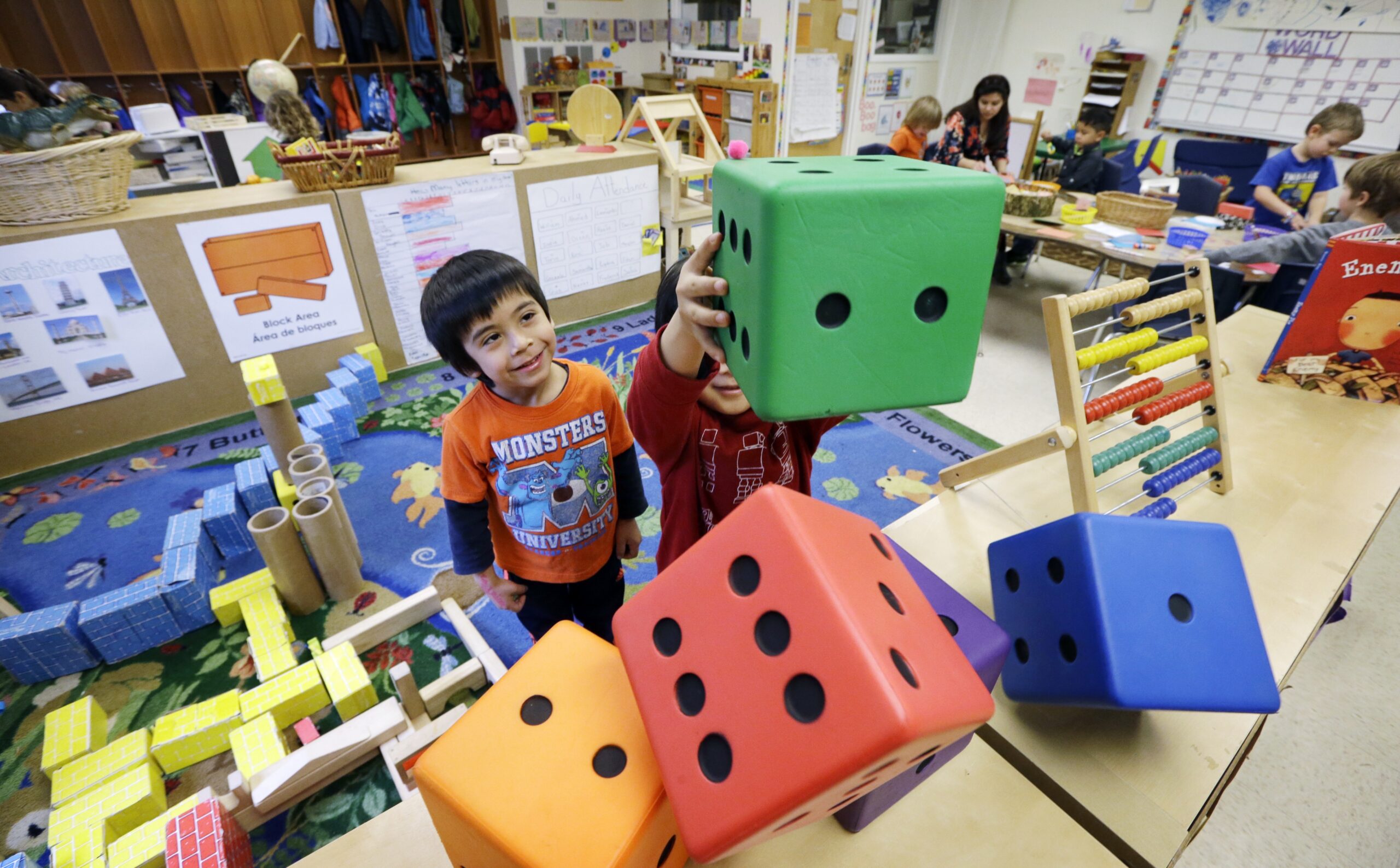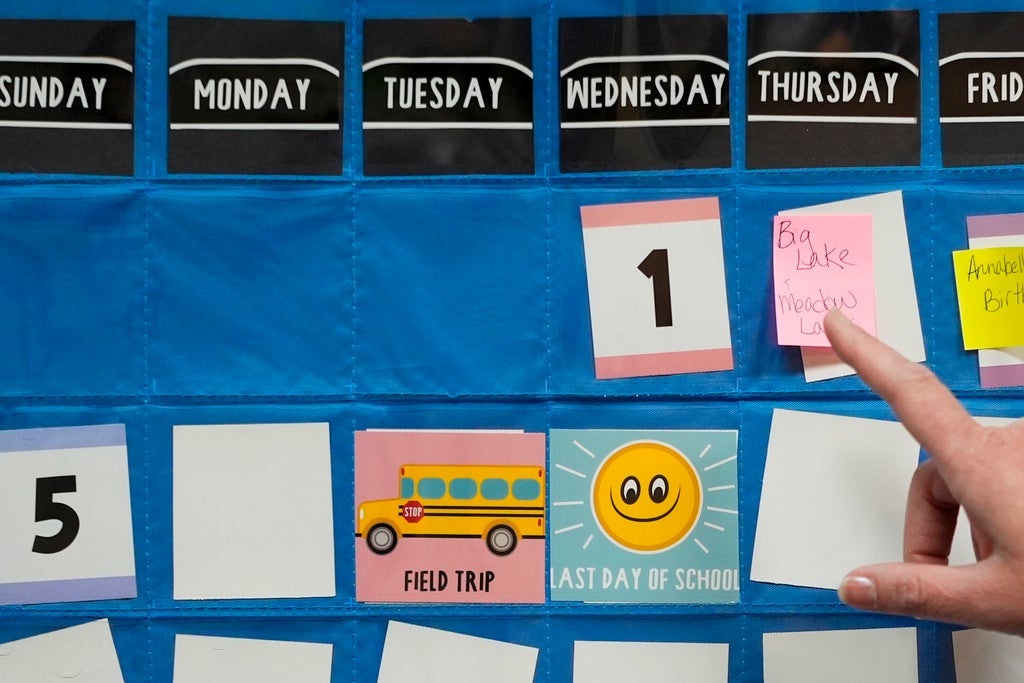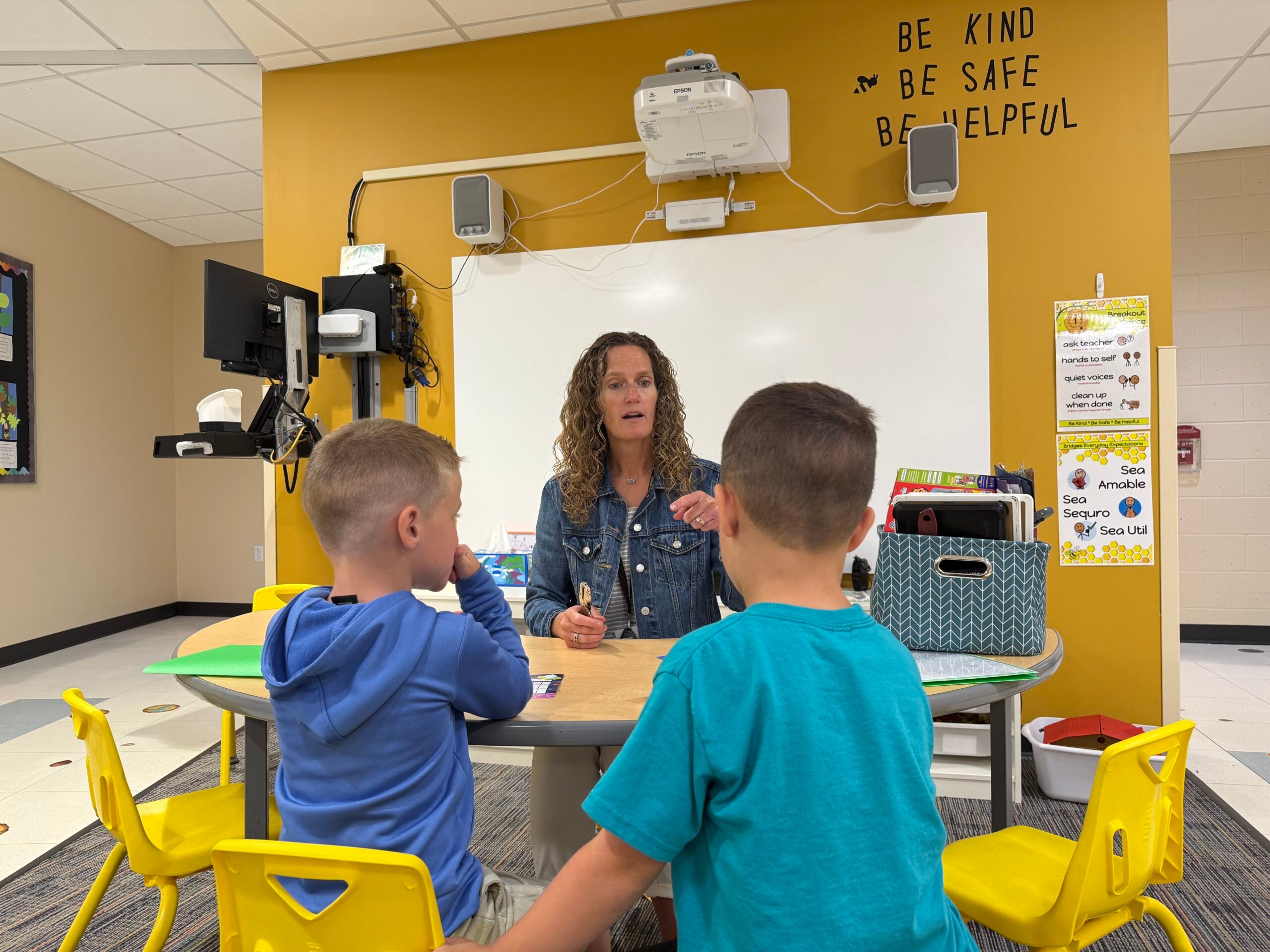Wisconsin ranks third in the country for access to free preschool programs for 4-year-olds, with 72 percent of the state’s 4-year-olds enrolled during the 2019-2020 school year, according to the annual “State of Preschool” report from the National Institute of Early Education Research (NIEER).
The state has moved up two spots in that ranking since last year, though the percentage of children enrolled hasn’t changed since 2017. Wisconsin saw a modest increase in enrollment of 251 students for 2019-2020. However, pre-K programs, like the rest of the state’s schools, shut down for in-person learning in March because of the pandemic.
Overall school enrollment was down in 2020-2021, based on the state Department of Public Instruction’s fall count, with the biggest decline in 4K.
News with a little more humanity
WPR’s “Wisconsin Today” newsletter keeps you connected to the state you love without feeling overwhelmed. No paywall. No agenda. No corporate filter.
National Institute of Early Education Research co-director Stephen Barnett said the institute is only in the preliminary stages of looking at data from this school year, but its surveys of parents have found a 25 percent decline in enrollment in public and private programs around the country.
“That presents challenges for next year,” he said. “What will happen to children who missed pre-K this year? How are programs going to recruit a full class next year, what will they do with children who missed — can they repeat, will they go forward, what are we going to provide in summer and fall going forward? States are working on all of this, but the work is far from done.”
According to the National Institute of Early Education Research, Wisconsin did not provide any supports or materials to preschool families when facilities closed due to COVID-19, but it did provide guidance on handling the pandemic, including on how to clean, identify sick children, and support families in encouraging learning at home.
“In response to the pandemic, states changed policies and practices in ways that may have been necessary to support children’s health and teachers’ health, but may be harmful to children in the long run,” said Allison Friedman-Krauss, assistant research professor at NIEER.
The state has far lower rates of enrollment in 3-year-old kindergarten, enrolling less than 1 percent of the state’s three-year-olds and ranking 30th in the country.
Wisconsin did not report its per-child spending for 4K students in 2019-2020. The prior year, the state ranked 34th, spending $658 less per child, adjusted for inflation, than in 2017-2018. Nationwide, spending increased by 3 percent in 2019-2020.
NIEER estimated the minimum per-child cost of full-day, high-quality preschool in Wisconsin at $12,904 — nearly double the $6,200 the state currently spends. Only four states met or exceeded the Institute’s estimated costs for their state.
Miguel Cardona, the federal Secretary of Education, said the pandemic has created a “greater sense of urgency” in improving early learning.
“Right now, the United States lags behind most developed countries in public investment in children under five,” he told press on Thursday afternoon. “Existing gaps and access prevents parents, primarily women, from entering the workforce, and these gaps disproportionately affect low-income families and families of color.”
Cardona noted that the workforce staffing early education programs is primarily made up of women, and disproportionately women of color. Programs often operate on very slim margins, and workers earn low wages. The Biden administration included child care in its infrastructure plan, unveiled earlier this month.
“Investing in high-quality early learning can be used as a lever to expand equity for children under 5, as well as educators and staff,” said Cardona.
Before the pandemic hit, Wisconsin was moving toward full-day 4K programs, a possibility that came up again in the budget state Superintendent Carolyn Stanford Taylor submitted to the Legislature earlier this year.
Wisconsin also met only three of 10 quality benchmarks laid out by NIEER, falling short on their recommendation that class sizes max out at 20 students and the student-teacher ratio be 1 to 10, among others. It wasn’t alone in that respect — 40 percent of pre-K programs around the country met less than half of NIEER’s benchmarks.
In addition to Wisconsin’s 72 percent of 4-year-olds in 4K, 7 percent were enrolled in Head Start, a free, federally funded preschool program for children from low-income households. The state’s 3-year-olds are less likely to be represented in pre-K programs — 86 percent aren’t enrolled in 4K, Head Start or special education programs. Those percentages were the same last year. The state’s Head Start programs met 7 of the 10 quality benchmarks.
When it comes to the 4-year-olds, Wisconsin has a high rate of preschool attendance built into its founding — free, voluntary schooling for 4-year-olds was written into the state’s constitution in 1848.
School districts aren’t required to offer 4K, but if they do, it has to be offered to all students. In the 2019-2020 school year, 99 percent of school districts offered 4K — all but six of the 411 eligible districts. School districts that opt to offer the part-time program receive state funds equal to about half the support they receive for older students.
Wisconsin Public Radio, © Copyright 2026, Board of Regents of the University of Wisconsin System and Wisconsin Educational Communications Board.







